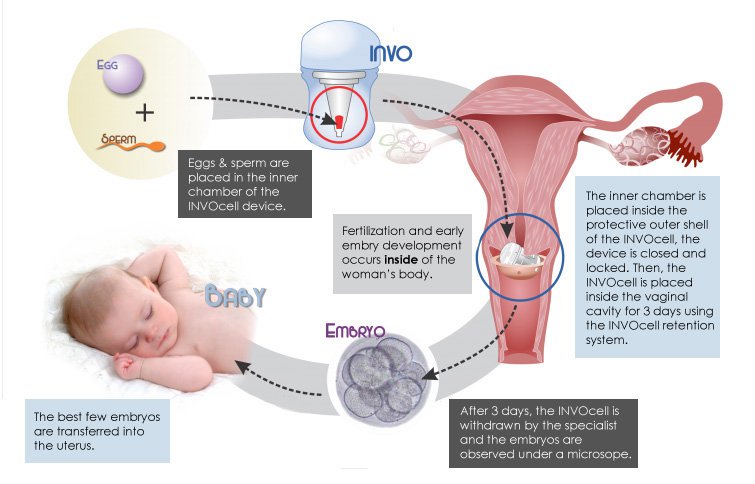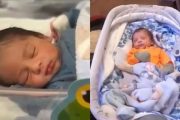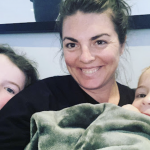In A World First Two Mums Have Carried the Same Baby!
In A World First Two Mums Have Carried the Same Baby!
If you were ever in doubt as to how amazing modern science was, then this story is sure to convince you! In a world first, two women have been able to carry the same baby- albeit it for a short period of time.
Texan mums Ashleigh and Bliss Coulter are now parents to a healthy five-month-old baby boy named Stetson with some help from a procedure called Reciprocal Effortless In Vitro Fertilisation (or Reciprocal effortless IVF) meaning they were both able to carry their little boy.
The couple, who met in 2012 say they always knew they wanted to have a baby together from early on. “I was very much interested in having children, but Bliss was a little iffy on it,” Ashleigh told ABC news.
“I wanted a child that was biologically mine, but I did not want to carry the child,” Bliss clarified.
Usually when a same sex couple become parents via IVF “one of them typically births the child and they use the sperm donor. The other mum has to adopt the child.”
The two women said they wanted to avoid this instead choosing to both have a clear biological connection to their baby.
When an IVF specialist told them this was possible using a method called Reciprocal effortless IVF which combines two IVF procedures they were naturally over the moon!
Reciprocal IVF – This process allows one woman’s eggs to be extracted and fertilised in a laboratory to form an embryo. The embryo is then placed in the other woman who carries the baby to term.
Effortless IVF – This is where the eggs and the sperm are introduced in a special capsule called an INVOcell device. The inner chamber of the INVOcell device is then placed into a woman’s vaginal cavity – mimicking the conditions in an incubator – in the hopes that the eggs are fertilised and form embryos.
The women’s doctor, Kathy Doody, explained how both of the mothers physically carried the baby.
“With Ashleigh and Bliss, we harvested eggs from Bliss and introduced it to sperm from a donor in the INVOcell,” she says.















